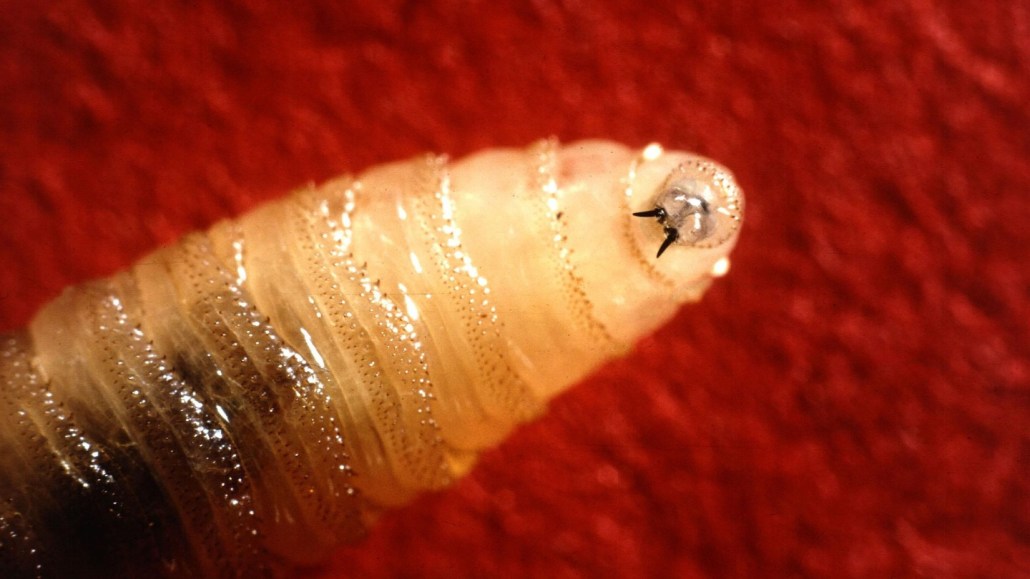50 years ago, flesh-eating screwworms pushed scientists to mass produce flies
Excerpt from the June 2, 1973 issue of Science News

Screwworms crawl into open wounds of warm-blooded animals, including humans, and gorge on living tissue. To wipe out the pests, researchers deploy sterilized screwworm flies to mate in infested areas, resulting in eggs that can’t hatch.
John Kucharski







